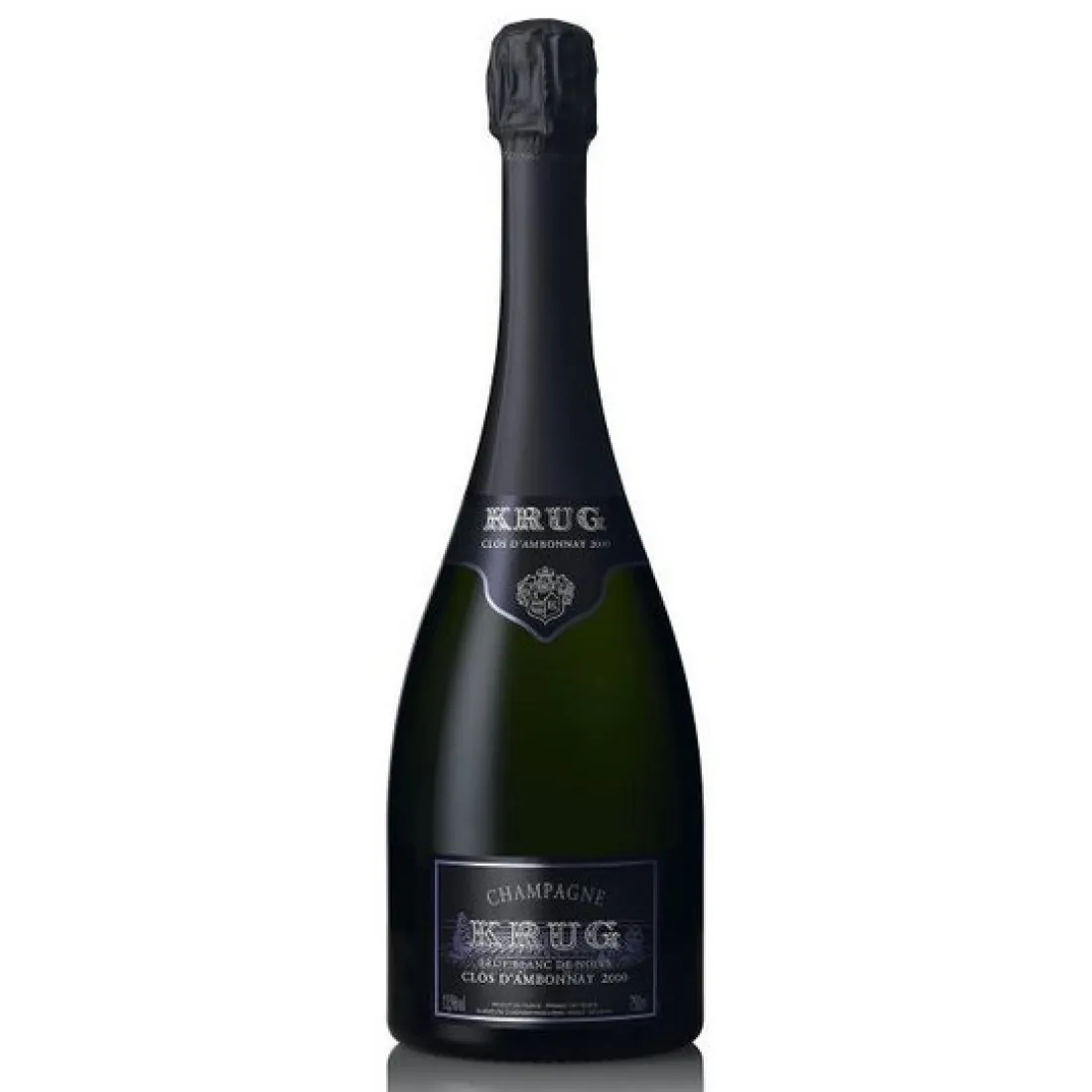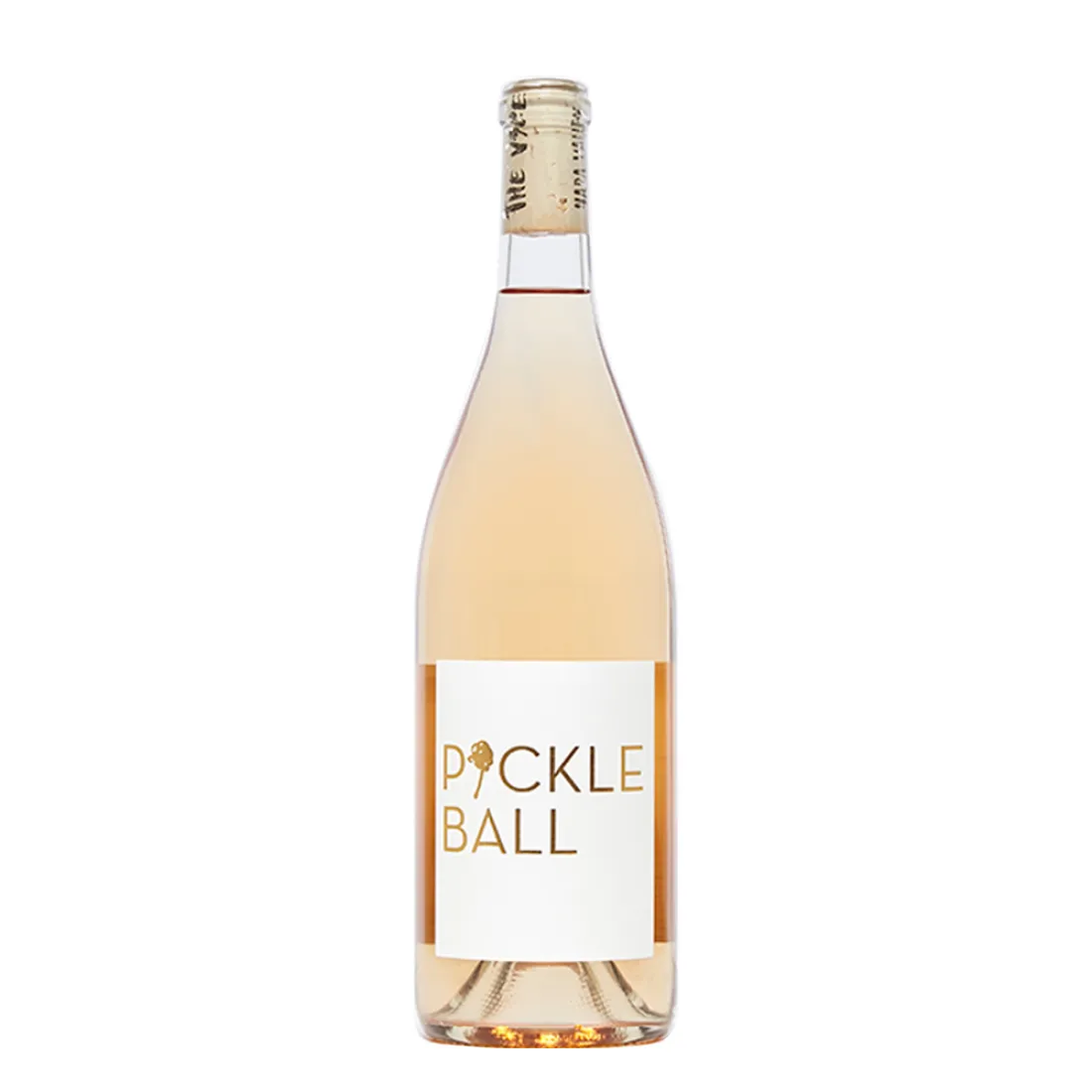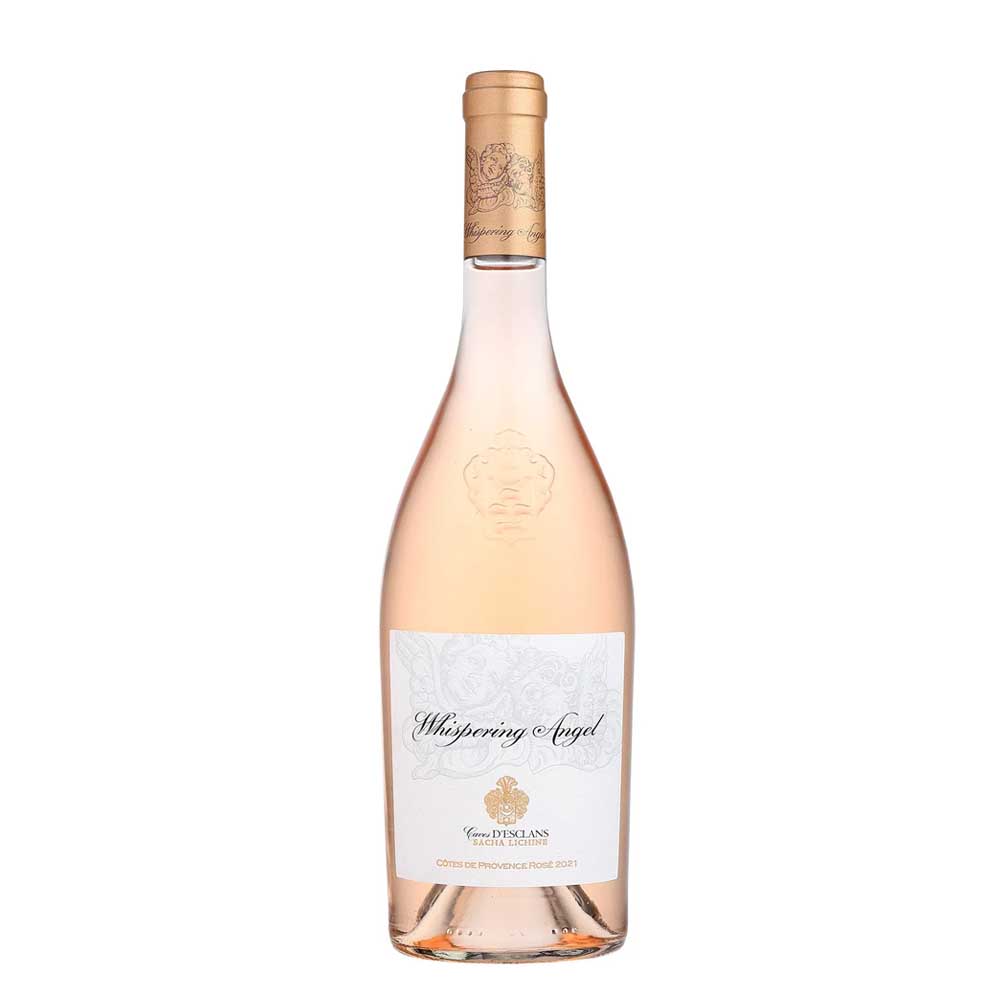
At a glance, anyone can quickly identify whether a glass contains red wine or white wine because, trust me, color theory is not solely a savvy business for wine snobs. However, if we delve deeper, we’ll find that the binary between the two extends far beyond color. From production methods to flavor profiles, food pairings, serving etiquette, and more, there are a ton of not-so-obvious differences that set red wines poles apart from white wines.
So, if you find yourself umpiring between red wine vs white wine, fear not, as our guide has got you covered in this tug of war. In this blog post, we'll unveil the fundamental differences between red and white wine, and with each step of our exploration uncovering these distinctions, you’ll be left better equipped to appreciate both types in the future—whether it’s choosing the ideal bottle as per taste, serving thoughtfully, or maximizing enjoyment with perfect food pairings.
1. Made From Different Grape Varieties

The key difference between red and white wine stems from the grape varieties used in their production. Dark-colored grapes, typically shades of red and black, produce red wines, while green and yellow grapes produce white wines. As a result of these precise grape selections, red wines smudge their color palette from shades of pale red to deep purple, while white wines serve delicate hues ranging from translucent straw to golden amber.
The diversity of both types of wine is endless, but each is represented by a handful of grape varieties that dominate in terms of popularity, flavor profile, and regional significance. Check them out:
- Prominent Red Wine Grape Varietals: Cabernet Sauvignon, Merlot, Pinot Noir, Malbec, Syrah, and Red Zinfandel
- Prominent White Wine Grape Varietals: Chardonnay, Sauvignon Blanc, Chenin Blanc, Pinot Blanc, Pinot Gris, and Riesling
What’s particularly spellbinding is that each grape variety shares the same DNA, thanks to the parentage of the Vitis vinifera species. Ampelography (study of grapes) believes this species was inherently black and underwent natural mutations that created the first white grapes.
2. Follow Different Harvest Timings

The next difference between red and white wine is their harvest timing. Red wine grapes typically undergo harvesting later in the season than white wine grapes. This extended hang time on the vine is necessary for red grapes to reach optimal ripeness, characterized by higher sugar levels and the development of riper flavors and tannins. In contrast, white wine grapes are often picked earlier to preserve their higher acidity levels and capture fresher, more delicate flavors.
However, there are exceptions to this rule. Winemakers may choose to break with tradition with creative intentions, such as harvesting white grapes later to introduce complexity or harvesting red grapes earlier to craft a wine with a lighter feel or lower sugar levels. Lower sugar levels result in less ABV (alcohol by volume) in the resulting wine, as the yeast—the microbiological friends in fermentation—have less material to convert into alcohol and CO2.
3. Made From Different Parts Of The Grape

Apart from the different grape varieties, red wines and white wines use different parts of the grapes harvested. Imagine a candid scene of winemaking where grapes have reached their optimal ripeness, are harvested, and are now taken to the winery for processing.
-
In red wine production, grapes are crushed along with their skins. The resulting mixture, known as "must," consists of extracted juice, skins, seeds, and sometimes stems. This must is then fermented together (a process known as maceration) at a temperature of 68–80 °F for a few days to several weeks.
This infuses the wine deeply with flavor compounds, naturally occurring grippy polyphenols called tannins, found in grapes, seeds, and stems, and anthocyanins (water-soluble pigments responsible for the red, purple, and blue colors in many fruits, including grapes).
The thicker the grape variety, the more color, tannin, body, and structure the final wine will possess. That is why light-skinned grapes like Pinot Noir produce a fresher, brighter style of red, whereas thick-skinned grapes like Cabernet Sauvignon yield more power and concentration.
-
In the production of white wines, grapes will be gently pressed, and the skins will be separated either before or shortly after fermentation begins, usually at 57-65 °F. This is thoughtfully done to preserve the delicate aromas and flavors of the white grapes and to avoid excessive leaching of color, tannins, and robust flavors that could result in undesirable bitterness in the final white wine.
Note: Fermentation in wines typically occurs in stainless steel tanks, concrete tanks, open-top fermenters, or even oak barrels when winemakers seek to impart complexity and a reminiscence of oak flavors in the wines.
There are Exceptional Wines!
Now you may assume that dark grapes are for red wines and light ones for whites, but that’s truly a myth. You see, the pulp of the grapes is nearly colorless, with pigments stored not in the juice but in the skins. Winemakers deliberately experiment with the fermentation process, which significantly defines a wine’s color in addition to its tannins and flavor compounds. The longer the juice sits with the skins, the deeper the consequences. Just like a tea bag submerged in a cup of water!
For example, White Zinfandel and a champagne type called “Blanc de Noirs'', are produced as white wines by fermenting dark grapes after discarding the skins. Similarly, shortening the maceration period for red wine allows only a small amount of pigments to leech into the juice, resulting in pink hues, famous for “blush” or “rose” wines. Conversely, extending the maceration period for white wine extracts deeper flavors, textures, and colors, transforming it into an “orange wine,” also referred to as “skin-contact white” or “amber wine”.
4. Matured Using Different Aging Techniques

As we already know, fermentation in red and white wines differs significantly. Now, let’s shift our focus on the difference between red and white wine on the basis of their distinct aging techniques and how they impact the resulting wines differently:
In the case of red wines, they are traditionally aged in oak barrels, as their deep bouquet and tannins create the perfect base for interacting with oak. During aging, the oak barrels breathe, allowing the wine to absorb oxygen, causing it to lose its floral and fruity notes in exchange for rich, nutty flavors and increased smoothness. The aging period in red wine usually lasts for 6 months to 2 years, depending on the variety.
However, there are times when red wines are aged not in oak barrels but stainless steel tanks to preserve their floral flavors. One example is Beaujolais Nouveau, which is a young, fruity red wine.
-
White wines are typically aged in stainless steel tanks, which hinder oxidation and help winemakers preserve the juice’s delicate profile, characterized by low tannins, a delicate bouquet, and fruity, floral flavors. Usually for 7-8 months.
However, some white wines, like Chardonnay, Chenin Blanc, or Sauvignon Blanc, undergo oaked aging. These varietals respond well to oak aging, gaining a fuller-bodied character with increased complexity, richness, and texture, as well as oak flavors like vanilla, butter, and toast and darker hues from the wood . Oak aging for white wine typically doesn’t exceed one year, generally lasting from 4 weeks to 3 months.
5. Offer Drastically Different Stylistic Profiles

Given their contrasting approaches to winemaking, red wines and white wines present drastically different stylistic profiles. Interestingly, two varietals showcase their unique characteristics, further layering each segment. For now, let’s explore the general stylistic difference between red and white wine:
-
Flavors: Red wines are known for their soft, rich, and velvety flavors, often featuring notes of dark fruits like blackberry, plum, and cherry, along with hints of spice, earthiness, and sometimes tobacco and leather. Conversely, white wines are famed for their zesty acidity, floral aromas, and pure fruit notes, which can range from citrus and green apple to tropical fruits like pineapple and melon.
-
Aromas: Red wines commonly exhibit complex aromas that develop with age, including nuances of dried herbs, cedar, cigar box, and even floral notes like violet or rose. White wines, however, often showcase fresh, vibrant aromatics such as citrus blossom, white flowers, honeysuckle, and, at times, mineral or fruity undertones.
-
Tannins: As discussed, red wine grapes are rich in tannins, which are further extracted into the wine during fermentation with the skins. This is the reason red wines gain rich flavors, dense consistency, a drier feel (meaning less sweetness), and a grippy texture that serves a mouth-drying sensation when sipped. White wines, on the other hand, have less noticeable tannins, leading to a crisper, lighter texture with a smoother, more refreshing mouthfeel.
-
Acidity: While tannins play a big part in red wines, acidity takes charge in the case of white wines. White wine grapes naturally contain more pronounced levels of acids that are found in wines, be they tartaric, malic, or citrus. This gives whites their crisp, tart character and refreshing acidity that balances their fruit flavors.
-
Body: The body of a wine indicates its weight, viscosity, and mouthfeel. White wines are usually lighter-bodied, offering a crisp, refreshing mouthfeel, while red wines tend to be fuller-bodied, with a richer, more weighty texture that coats the palate.
-
Alcohol Content: Red wines generally have a higher alcohol content compared to white wines. This is partly due to the extended skin contact during fermentation, which allows for greater extraction of sugars from the skin grapes, resulting in higher alcohol levels in the finished wine.
-
Structure: The structure of a wine refers to its balance of acidity, tannins, alcohol, and other components, which collectively determine its overall harmony, aging potential, and ability to pair with food. In red wines, the structure is robust and well-defined, often characterized by a firm tannic grip and lingering finish, while in white wines, the structure is more delicate as tannins and alcohol take a backseat and acidity play a primary role in defining the wine’s crispness and balance.
-
Aging Potential: Red wines typically have a longer aging potential than white wines due to their high tannin and phenolic content, which act as natural preservatives. This allows red wines to more gracefully evolve with several years of cellaring, gaining more complexity in flavors and aromas over time.
White wines, on the other hand, are generally best consumed young to preserve their fresh fruit flavors and vibrant acidity, although certain varieties like Chardonnay and Riesling can also benefit from aging, although for shorter periods.
6. Both Red and White Wines Are Served Differently

It’s natural to feel a bit nervous about how to serve wine, and rightly so because wine is a delicate beverage, and without proper attention to serving etiquette, the drinking experience can suffer. Neglectful pouring can lead to blunders, from muted aromas to dull flavors, untidy aesthetics and worse.
While all wines follow the same basis for serving, each style is served differently with its own guidelines. Here are distinct serving suggestions for red wines and white wines, ensuring you confidently savor each style in the near future:
-
Seasonal Preferences: Though favorite wines remain cherished all year-round, certain styles shine brighter depending on the season, largely due to temperature variations.
It is suggested to serve red wines in chilly seasons like autumn and winter, offering warmth and depth that pair well with hearty meals and cozy evenings, while whites are perfect to toast warmer seasons like spring and summer, offering a refreshing touch that pairs well with light, fresh meals and sunlit settings.
-
Serving Temperature: Before you use a corkscrew or any other tool to open a wine bottle, it is crucial to check if it is at the ideal serving temperature. This allows the wine to harmonize and best flaunt its range of flavors, aromas, and in the case of sparkling wine, bubbles.
A temperature too warm can overwhelm aromas and amplify certain elements, such as acidity in white wines and tannins in red wines. Conversely, serving too cold can mute aromas, mask flavors or, worse, cause the wine to freeze. Here are the recommended serving temperatures for white and red wine:
Wine
Serving Temperature
Red Wines Light-Bodied Reds
(e.g., Pinot Noir, Gamay)55-60°F (12-16°C) Medium-Bodied Reds
(e.g., Merlot, Sangiovese)60-65°F (16-18°C) Full-Bodied Wines
(e.g., Cabernet Sauvignon, Syrah)60-65°F (16-18°C) White Wines Light-Bodied Whites
(e.g., Sauvignon Blanc, Pinot Grigio )50-55°F (10-13°C) Medium-Bodied Whites
(e.g., Chardonnay, Chenin Blanc)55-60°F (12-16°C) Full-Bodied Wines
(e.g., Oaked Chardonnay, Sémillon)60-65°F (16-18°C) -
Decanting: While red wines benefit from decanting to soften tannins and enhance aromas, white wines generally don’t require this process, except for fuller-bodied ones like oaked Chardonnay, which may benefit from 15-20 minutes of aeration.
To sum up, dry white wines are known for their dry, crisp, and refreshing qualities. This makes them impressively Versatile for Cooking—literal all-rounders, breaking the steadfast rules of culinary experimentation.
In contrast, sweet white wines that are sugar-laden tend to be balanced in acidity and exhibit honeyed, floral, fruity, and syrupy flavors, making them suitable for cooking sweet and rich dishes like desserts, fruit compotes, glazed meats, and creamy pastries.
Wine
Decanting Time
Light-Bodied Red Wines 20-30 Minutes Medium-Bodied Red Wines 30-60 Minutesg Full-Bodied Red Wines 60 Minutes or More White Wines Don’t Need To Be Decanted.
Decant 15-20 Minutes Only If The White Wine Is Fuller-bodied, Like An Oaked Chardonnay -
Glassware: Drinking from a well-suited wine glass isn’t just a chic affair; it's downright practical as it helps the wine itself taste better. Everything, from the height, shape, and quality of the glass to the thickness of the walls, plays a role.
Red wine glasses typically feature a larger bowl to facilitate aeration, letting the aromas open up and the tannins soften. Their shorter stems and tapered tops enhance aroma concentration. It’s recommended to fill only a third of the glass (around 5 ounces) to maximize oxygen contact with the wine.
Conversely, white wine glasses with narrower U-shaped bowls, in turn, keep the aromas pronounced while keeping the wine chilled and maintaining its acidity. The long stems don’t let the heat of the hand warm the drink, while the narrow top concentrates the delicate aroma and prevents the wine from exploring oxygen. Wider bowls only come in handy in the case of fuller-bodied whites like Chardonnay.
-
Food Pairings: Just like tomato ketchup makes a great dip for french fries and not sushi, similarly, a red wine would pair with certain food categories better than a white wine due to their varying taste profiles.
Although a fine art like culinary arts needs not be guarded by steadfast rules, conventional wisdom tells us that red wines are best paired with heavier foods like steak, roasted lamb, rich pasta dishes, or hearty stews as their robust flavors and tannins complement the depth of these dishes, while white wines go best with light dishes like grilled fish, salads, sushi, or creamy pasta dishes as their crisp acidity and lighter body provide a refreshing contrast.
So, next time, if you have a broad-shouldered Cabernet with you or a zippy, refreshing Sauvignon Blanc, you know how to sizzle up the wine and dine scene, right?
Shelflife Of Leftover Bottles of Red & White Wine
If you ever find yourself with leftover wine, remember to preserve its quality by storing the open bottle of wine upright in a cool, dark place after proper resealing.
Typically, an opened red wine lasts for 3-5 days, whites for 2-3 days and sparkling styles for 1-2 days due to rapid bubble loss. If left beyond this shelf life, get your apron ready for cooking with them!
For culinary expertise there, read our blogs on cooking with red wines and cooking with white wines.
7. Have Different Nutritional Values- Minute Tho!

The difference between red and white wine nutritional value is grain-sized. Both contain similar calorie counts and carbohydrates, with reds having 125 calories and 4 grams of carbs, whereas whites have 115 calories and 5 carbs per 5-ounce serving. They also have negligible amounts of protein and fat, along with slight traces of minerals like potassium and magnesium.
Which is Healthier For You- Red Or White Wine?
Studies have shown that moderate wine consumption may be good for your heart health, improve HDL cholesterol levels (beneficial fat), decrease LDL cholesterol levels (unhealthy fat), and reduce the risk of blood clots. But when it comes to choosing a glass to achieve these health benefits, which wine is better for you—red or white?
In comparing red vs white wine for health benefits, the preferences of health professionals lean towards red wines as they involve skins, seeds, and sometimes stems in their fermentation process, flooding them with rich antioxidants like polyphenols, resveratrol, flavonoids, and tannins.
Ultimately, the choice between red or white wine is a personal one, and moderation is key regardless of preference. According to the American Heart Association, moderation is defined as no more than two drinks a day for men and one drink a day for women in order to reap health benefits while minimizing risks.
Final Thoughts
On a parting note, we are delighted to assist you in umpiring the tug of war of red wine vs white wine. Both participants don’t just wear different colored jerseys but possess varied competencies, starting from grape selection to winemaking and serving practices. Whom do you find winning? Bold reds or tender whites? The choice is yours, backed by your taste preferences.
And if you’re on the quest for the finest red and white wines, seamlessly surf our wine gifts collection, offering top wine expressions from the world’s top-tier regions, terroirs, wineries, and styles in scrumptious, personalized twists.
For more wine-buzzed articles, keep visiting us!











Leave a Comment